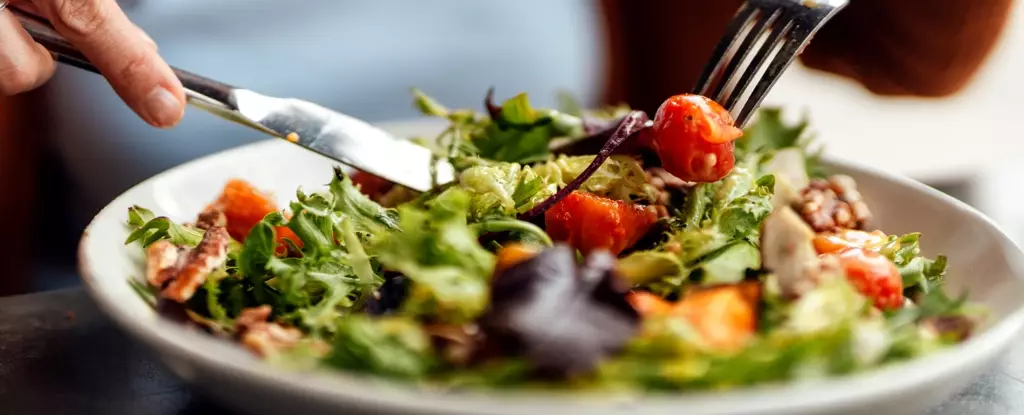

Many of us struggle to incorporate enough vegetables into our diets, despite being aware of their health benefits. It’s no wonder considering that vegetables often lack immediate taste appeal. However, with some effort and an open mind, it is possible to develop a newfound appreciation for salads and veggies. This article will explore the reasons behind our aversion to vegetables, the role of genetics in taste perception, and strategies to make vegetables more enjoyable.
Vegetables are packed with dietary fiber, vitamins, minerals, and bioactive compounds that promote good health. However, these very compounds also contribute to their bitter taste. Evolutionarily, our taste preferences have been shaped to prioritize higher energy foods to prevent starvation. Bitterness in plant foods serves as a protective mechanism against potentially harmful substances or excessive consumption of a single plant food. Consequently, some individuals are more sensitive to bitter compounds than others due to genetic variations in taste receptors.
Regardless of our genetic predispositions, we can train our taste buds to appreciate the flavors of vegetables. Through repeated exposure to bitter foods, our brain learns to associate them with safety rather than poison. Changing our dietary habits also affects the enzymes and proteins in our saliva, altering how we perceive and break down different compounds. This adaptability of our taste buds is similar to other forms of cognitive training.
If the bitterness of vegetables deters you, there are several strategies to mask it and enhance the overall taste and enjoyment of salads:
Salt and fat have the ability to reduce the perception of bitterness. While it is essential to monitor our salt and fat intake, reducing them in discretionary foods like cakes, biscuits, chips, and desserts is more beneficial than avoiding them with vegetables. Adding a well-seasoned dressing to your salad can instantly make it more appealing.
Chillies and pepper can act as decoys to bitterness, adding heat and masking unpleasant flavors. Experiment with different levels of spiciness to find what suits your palate.
Adding fruits to salads not only enhances the natural sweetness but also provides a juicy element. This can greatly improve the flavor and texture balance, making the salad more enjoyable.
Don’t limit yourself to the standard garden salad. Be open to experimenting with different ingredients and textures. Chopping vegetables smaller or chunkier can alter the overall experience. Combining foods you are learning to like with flavors you already enjoy can also help ease the transition.
Often, we associate healthy foods with blandness, assuming that they won’t be as enjoyable as indulgent treats. However, research has shown that when vegetables are labeled with taste-focused descriptions, individuals are more likely to find them enjoyable. Let go of preconceived notions and approach vegetables with an open mind.
Embarking on a journey to incorporate more vegetables into our diets requires patience and self-compassion. It is important to work with our biology and brain instead of fighting against them. Judging ourselves or others for personal taste preferences only hinders progress. We are all at different points in our taste-training journey, and it’s essential to respect individual choices and experiences.
Learning to love salad and veggies may not happen overnight, but with persistence and willingness to explore new flavors, it is possible to develop a taste for these nutritious foods. By understanding the reasons behind our taste preferences, harnessing the power of repetition and experimentation, and challenging our assumptions, we can create a positive and enjoyable relationship with salads and vegetables. So, let’s embark on this journey towards better health and embrace the vibrant and diverse world of plant-based foods.
In the realm of software development, the ability to swiftly and accurately address bugs is…
The realm of quantum computing and communication is not just an abstract dream anymore; it…
In a remarkable leap for the field of material science, a collaborative research initiative has…
Throughout Earth's vast history, our planet has endured five major mass extinction events that reshaped…
Rainfall is a vital element of our planet’s hydrological cycle, yet many aspects of its…
On a night when the universe aligns, a mesmerizing phenomenon awaits: the appearance of the…
This website uses cookies.